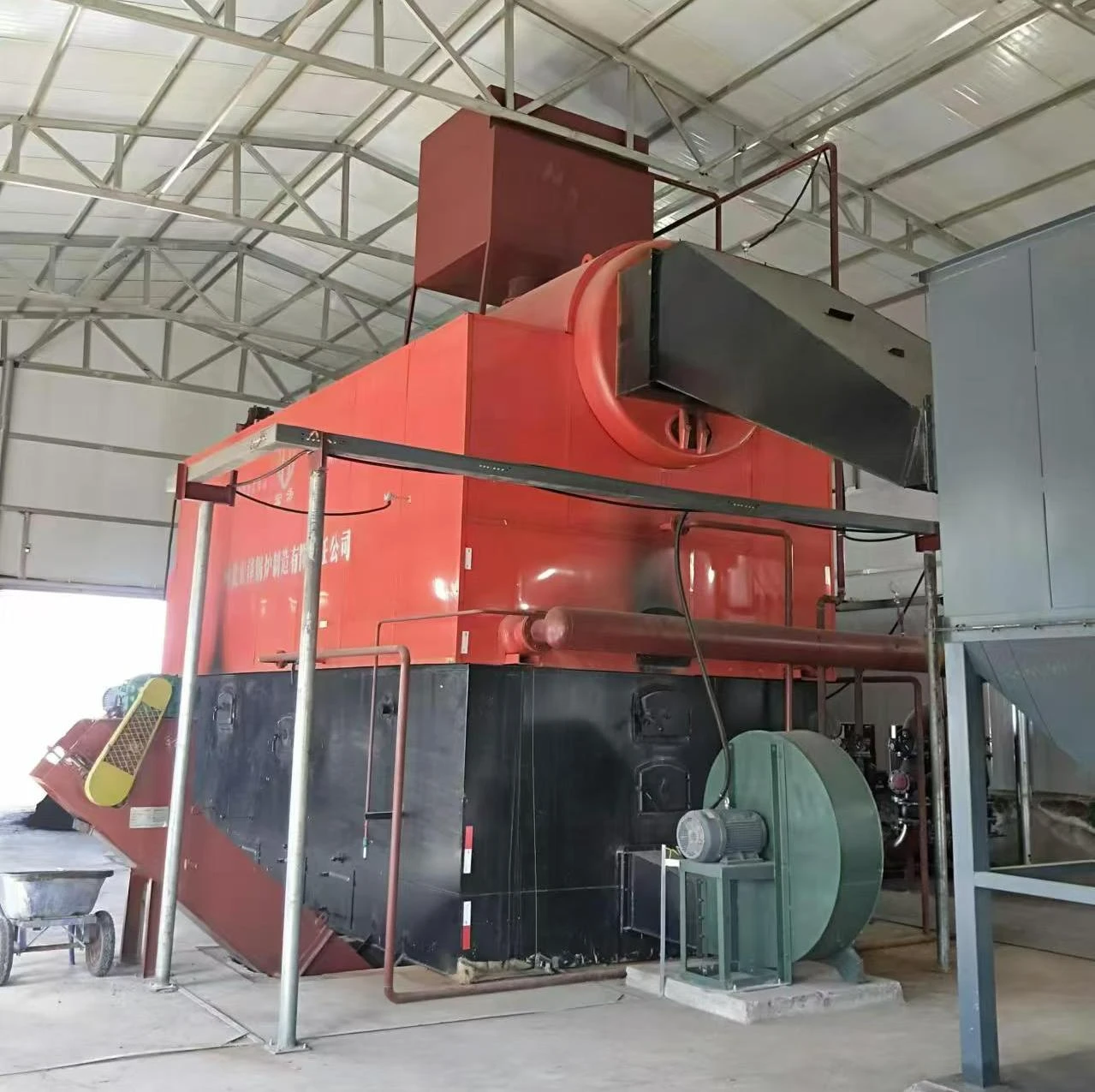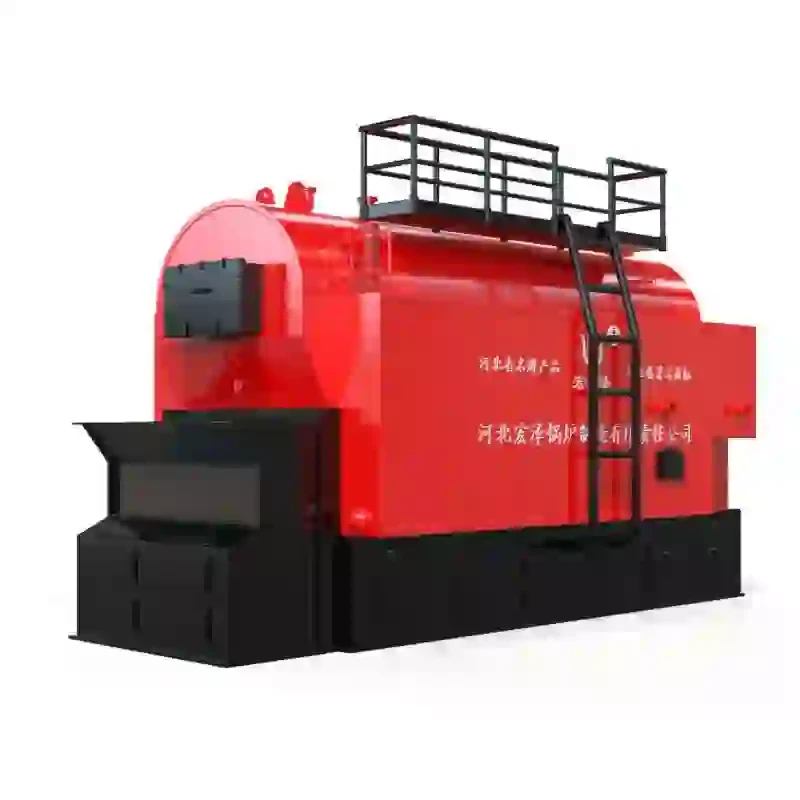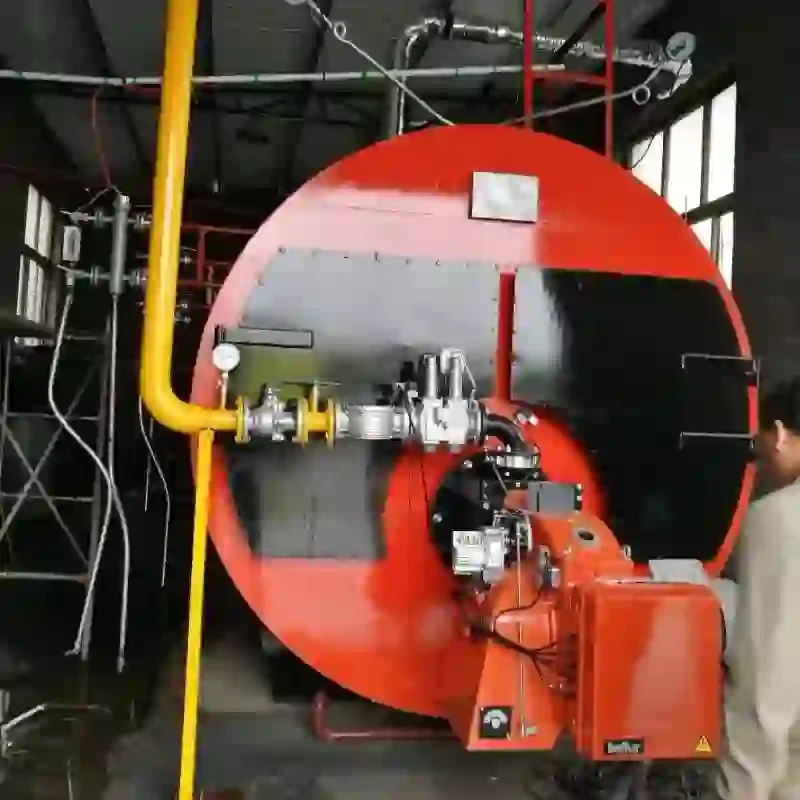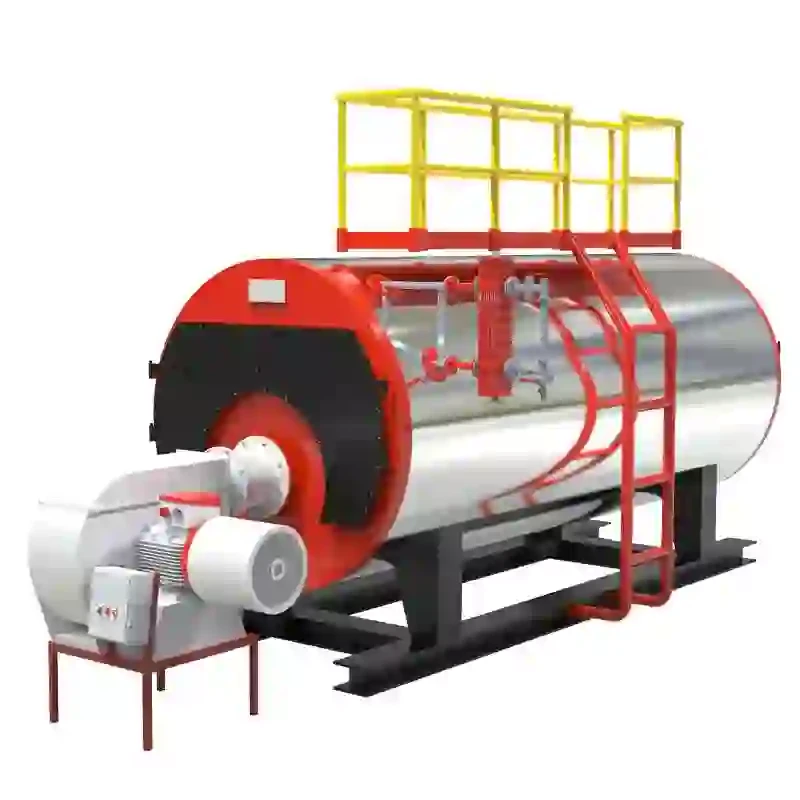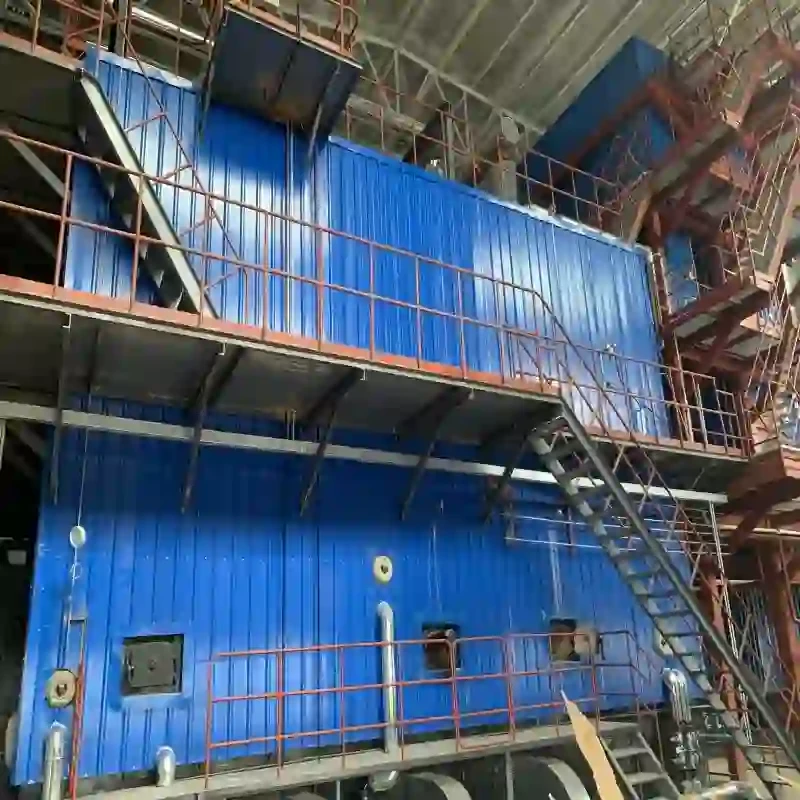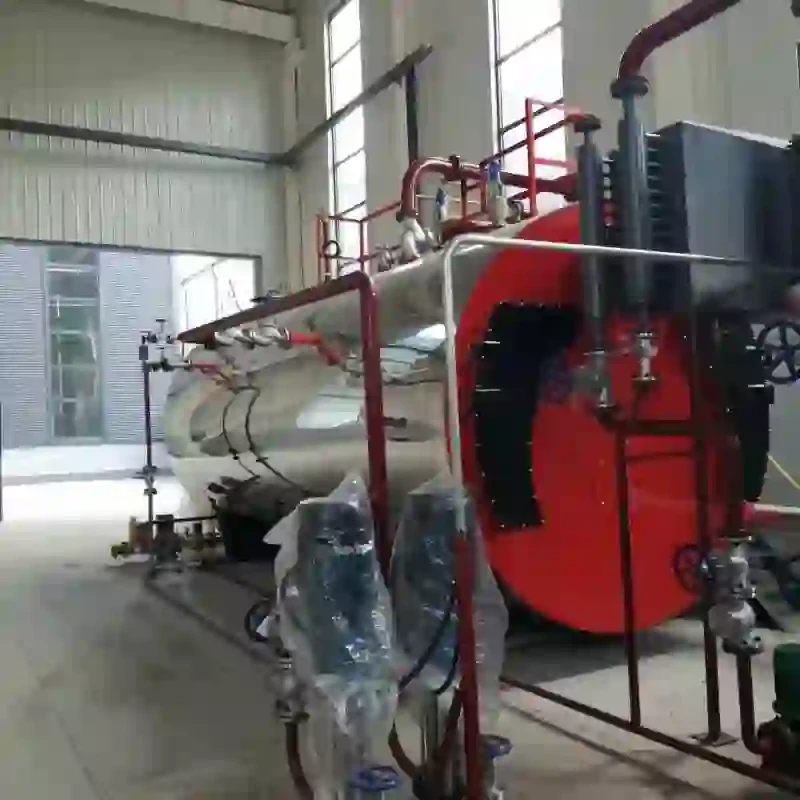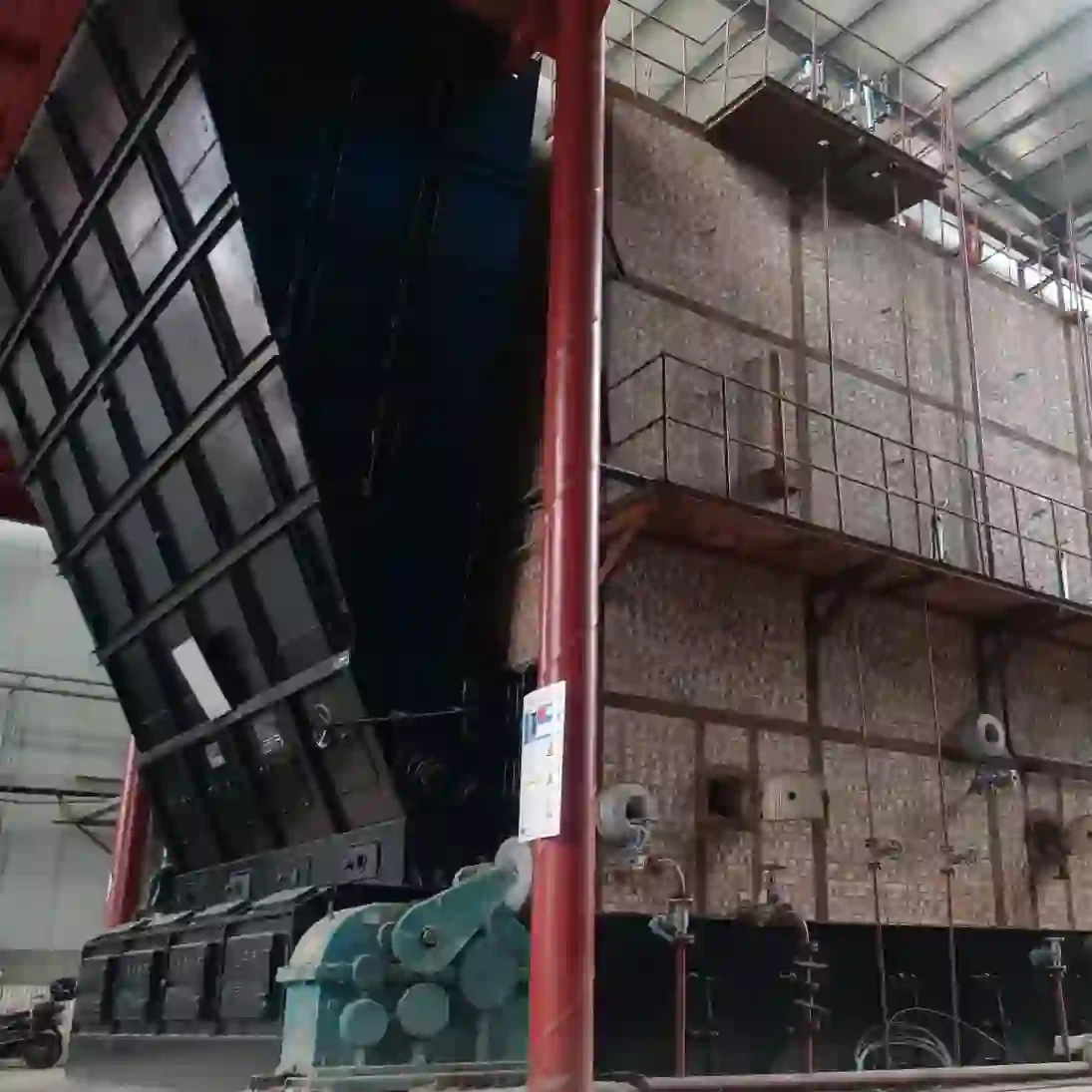
Nov . 19, 2025 17:30 Back to list
Comprehensive Guide to Steam Boiler Water Treatment: Benefits, Trends & Solutions
Why Steam Boiler Water Treatment Matters in Today’s Industrial World
If you’ve ever wondered why industries spend so much effort on what's going into their boilers, you’re not alone. Steam boilers are essentially the heart of many industrial operations, from manufacturing plants to power generation. Yet, the water flowing through them isn’t simply “water” — it’s specially treated to keep things running smooth and safe. That’s where steam boiler water treatment comes into play.
Why does this topic hold global importance? Well, boilers power industries that produce the materials, energy, and infrastructure that societies rely on daily. Poor water treatment leads to corrosion, scale buildup, and even dangerous failures, with costs reaching billions annually. Understanding how to treat boiler water efficiently doesn’t just save money; it safeguards energy security, environmental health, and worker safety worldwide.
In short, steam boiler water treatment is a small piece with huge impacts across the global industry landscape — a classic example of “the devil’s in the details.”
The Global Context: An Industrial Challenge Worldwide
It may surprise you, but the United Nations Industrial Development Organization reports that nearly 70% of industrial energy use involves steam boilers or similar equipment. That’s huge. Add the fact that water scarcity and pollution are growing challenges globally, and you can see why treating boiler water effectively is increasingly crucial (UNIDO, 2022).
Moreover, the International Organization for Standardization (ISO) sets tight guidelines to ensure boiler efficiency and safety — standards that many countries adopt as baseline regulations. Still, the challenge persists: untreated or poorly treated water can destroy expensive equipment, waste energy, and cause shutdowns.
And here’s the kicker — as industrialization grows in emerging economies, demand for improved steam boiler water treatment rises sharply. Lots of companies need better solutions that can scale efficiently and contend with local water quality variations.
Steam Boiler Water Treatment: What Does It Really Mean?
In the simplest terms, steam boiler water treatment refers to the processes used to prepare, clean, and maintain the water that circulates within steam boilers. The treatment ensures:
- Reduction or removal of impurities (like minerals, dissolved solids, and gases)
- Prevention of scale and corrosion inside the boiler system
- Optimization of boiler efficiency and lifespan
Think of it like giving your boiler’s water a spa day — cleaning it up and balancing its chemistry to keep the entire system healthy.
This practice has close ties to energy efficiency trends and environmental stewardship, especially in sectors like power generation, chemical manufacturing, and food processing. Frankly, without good treatment, boilers would quickly become liabilities rather than assets.
Core Components of Effective Steam Boiler Water Treatment
1. Feedwater Conditioning
The water entering the boiler, called feedwater, usually comes from municipal or natural sources with various impurities. Pre-treatment steps like filtration, demineralization, and deaeration remove solids and gases, which cause corrosion and deposits.
2. Chemical Treatment
Chemicals such as oxygen scavengers, anti-scaling agents, and pH adjusters are added to control corrosion and deposits during boiler operation. The treatment plan depends on boiler pressure, water source, and system design.
3. Blowdown Procedures
Boiler blowdown involves expelling a controlled portion of concentrated water filled with dissolved solids to avoid sludge buildup. This balances water purity and efficiency.
4. Monitoring and Testing
Regular analysis of water and steam quality is critical to adapting treatment protocols. Tests measure conductivity, alkalinity, and chemical residuals.
5. Automation and Control
Many modern boilers employ automated systems to continuously monitor water conditions and adjust treatment dosing. It reduces human error and enhances reliability.
Mini takeaway: The whole system resembles a carefully choreographed dance between mechanical and chemical processes — getting any step wrong can ripple into costly repairs and downtime.
How Steam Boiler Water Treatment Is Used Around the World
Industries worldwide heavily rely on steam boilers, making water treatment a universal concern. For example:
- Power plants in India and China: Giant coal-fired plants use sophisticated multi-stage water treatment systems to ensure high-energy output with minimal maintenance.
- Food processing in Europe: With stricter environmental regulations, plants employ ultra-pure water treatment to prevent contamination.
- Disaster relief efforts: Mobile steam boilers used for sanitation and sterilization in emergency camps rely on advanced, compact water treatment units to operate safely in remote locations.
- Remote oil fields in the Middle East and North Africa: Harsh water conditions require custom chemical blends and real-time monitoring to keep boilers running smoothly.
Oddly enough, even small manufacturers in developing markets are beginning to adopt better steam boiler water treatment approaches, often with the support of NGOs and international organizations emphasizing sustainability and worker safety.
Benefits and Long-Term Value of Proper Water Treatment
It’s not just about keeping boilers running — it’s about long-term value for all stakeholders:
- Cost savings: By preventing corrosion and scale, maintenance and unexpected replacements go down dramatically.
- Sustainability: Efficient boilers consume less fuel, resulting in lower emissions. Proper treatment extends equipment life, reducing waste.
- Safety and trust: Well-maintained boilers minimize accident risks, which promotes confidence from workers and regulators alike.
- Innovation: Advanced treatment systems offer tight control, enabling new industrial processes that weren’t feasible before.
You kind of realize that behind every effective steam boiler lies a dedication to precision water chemistry — a feat of engineering and chemistry working together in harmony.
Product Specification Table: Typical Steam Boiler Water Treatment System
| Feature | Specification | Typical Range |
|---|---|---|
| Water Softening Capacity | Ion Exchange Resin | 1,000–20,000 GPD |
| Oxygen Removal | Chemical & Mechanical (Deaerator) | |
| Chemical Feed System | Automated Dosing Pumps | Adjustable per Flow Rate |
| Blowdown Control | Continuous or Intermittent Valve | Up to 10% of Feedwater |
| Monitoring Systems | Sensors for Conductivity & pH | Real-Time Data Logging |
Comparing Leading Steam Boiler Water Treatment Vendors
| Vendor | Global Reach | Technology Focus | Sustainability | Automation Level | Price Range |
|---|---|---|---|---|---|
| HydroChem Solutions | Worldwide | Membrane Filtration + Chemical Feed | High (Eco-certified) | Full Automation | $$$ |
| AquaTreat Corp | Asia-Pacific, Europe | Chemical & Mechanical Hybrid | Medium | Semi-Automated | $$ |
| PureSteam Tech | North America | Ion Exchange & Deaeration | Medium-High | Manual/Automated Hybrid | $$ |
Emerging Trends in Steam Boiler Water Treatment
In recent years, a few exciting shifts have begun to reshape how industries handle boiler water treatment:
- Green Chemistry Innovations: New eco-friendly chemicals reducing environmental impact.
- Digital Transformation: AI-powered monitoring systems predicting maintenance needs before issues arise.
- Integration with Renewable Energy: Hybrid systems combining low-emission boilers with advanced water treatment.
- Modular & Mobile Treatment Units: Facilitating rapid deployment in remote or emergency sites.
These trends point toward a future where boiler water treatment is smarter, cleaner, and more adaptive than ever. It feels like we’re only scratching the surface of what’s possible.
Overcoming Challenges in Steam Boiler Water Treatment
Of course, there are hurdles. Variability in raw water quality, high initial investment costs, and required technical expertise can slow adoption. But many experts argue that combining solid training programs with automation solutions can bridge the gap.
For instance, experts recommend regular water audits and the use of steam boiler water treatment consulting services to tailor chemical treatments specifically to local water chemistry. It’s a pragmatic approach that eases performance issues and reduces waste.
FAQ: Common Questions About Steam Boiler Water Treatment
- What is the most critical factor in choosing a water treatment system for my boiler?
- Understanding your feedwater quality and boiler pressure are key. These factors determine the appropriate chemical mix and treatment technology. Customization is essential to avoid over- or under-treatment, which can cause damage or inefficiency.
- How often should boiler water be tested?
- Ideally, water quality should be tested daily when the boiler is in continuous operation. Some high-pressure systems even use real-time sensors to track parameters continuously, allowing instant adjustments.
- Can untreated or poorly treated water cause accidents?
- Yes, scale buildup can lead to overheating or pressure surges, risking ruptures or explosions. Corrosion weakens boiler components, increasing the chance of leaks or failure. Proper treatment is a safety must.
- Is automated water treatment better than manual dosing?
- Automation typically offers more precise control and faster response, reducing human error. However, initial costs and system complexity might be higher. Manual dosing may work for smaller or less critical operations.
- How does water treatment affect environmental compliance?
- Proper treatment minimizes chemical discharge and energy waste, helping companies meet local and international environmental regulations. It also positions businesses better for sustainability certifications.
Final Thoughts
Steam boiler water treatment might sound like a niche detail, but it’s a cornerstone of industrial reliability, safety, and efficiency worldwide. From saving money to protecting ecosystems and workers, the long-term benefits ripple far beyond the system itself.
If your operation involves steam boilers or you’re simply interested in optimizing industrial water use, I suggest diving deeper into current water treatment technologies. Whether you manage a small factory or a massive power plant, better water treatment means fewer headaches and a more sustainable future.
For more detailed insights and tailored solutions, visit steam boiler water treatment experts — it’s worth the step to smarter steam systems.
References
-
Comprehensive Guide to Steam Boiler Operation and Efficiency
NewsNov.18,2025
-
Understanding Steam Boiler Working Principle: Efficiency, Safety, and Innovation
NewsNov.18,2025
-
Understanding Steam Boiler Function: Key to Industrial Efficiency and Sustainability
NewsNov.15,2025
-
Comprehensive Guide to High Pressure Boilers PDF - Specs, Applications & Trends
NewsNov.15,2025
-
Reliable Steam Boiler Factory Solutions for B2B Industries
NewsNov.14,2025
Related PRODUCTS






